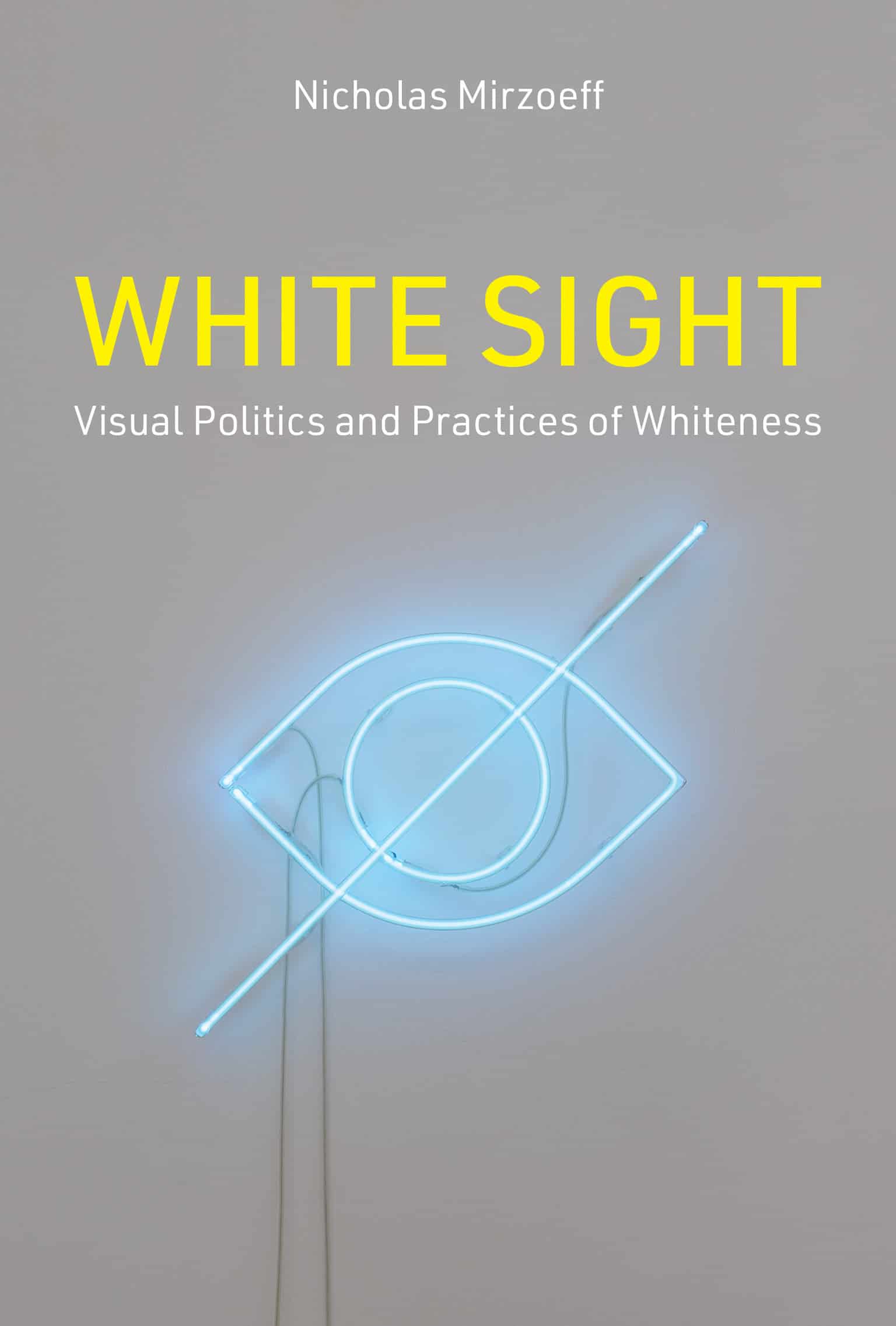White Sight: Visual Politics and Practices of Whiteness
23.00 JOD
Please allow 2 – 5 weeks for delivery of this item
Add to Gift RegistryDescription
From the author of How to See the World comes a new history of white supremacist ways of seeing—and a strategy for dismantling them.White supremacy is not only perpetuated by laws and police but also by visual culture and distinctive ways of seeing. Nicholas Mirzoeff argues that this form of “white sight” has a history. By understanding that it was not always a common practice, we can devise better ways to dismantle it. Spanning centuries across this wide-ranging text, Mirzoeff connects Renaissance innovations—from the invention of perspective and the erection of Apollo statues as monuments to (white) beauty and power to the rise of racial capitalism dependent on slave labor—with the ever-expanding surveillance technologies of the twenty-first century to show that white sight creates an oppressively racializing world, in which subjects who do not appear as white are under constant threat of violence. Analyzing recent events like the George Floyd protests and the Central Park birdwatching incident, Mirzoeff suggests that we are experiencing a general crisis of white supremacy that presents both opportunities and threats to social justice. If we do not seize this moment to dismantle white sight, then white supremacy might surge back stronger than ever. To that end, he highlights activist interventions to strike the power of the white heteropatriarchal gaze. White Sight is a vital handbook and call to action for anyone who refuses to live under white-dominated systems and is determined to find a just way to see the world.
Additional information
| Weight | 0.81 kg |
|---|---|
| Dimensions | 2.44 × 16.18 × 23.5 cm |
| PubliCanadanadation City/Country | USA |
| Author(s) | |
| Format Old` | |
| Language | |
| Pages | 352 |
| Publisher | |
| Year Published | 2023-2-14 |
| Imprint | |
| ISBN 10 | 0262047675 |
| About The Author | Nicholas Mirzoeff is Professor of Media, Culture, and Communication at New York University. His many books include the best-selling How to See the World and The Right to Look, and his writing has appeared in the Guardian, the New York Times, Hyperallergic, and the Los Angeles Review of Books. |
Included in The Next Big Idea Club’s February 2023 Must-Read Books"Mirzoeff’s new book, White Sight: Visual Politics and Practices of Whiteness, explores how systems of white supremacy see, and thus order, the world in the unbroken history of colonialism, up to the present day. White sight finds articulation in a vast array of visual culture—from the monuments of colonialists and Confederates that occupy (literally) key points in cities and towns, to the deadly vision of the military drone’s-eye view, to the museum displays of species made extinct through colonial slaughter. Where the British Jamaican philosopher Charles W. Mills coined the term “white ignorance” to describe the historically entrenched epistemic block that forecloses knowledge of the brutal material realities of racial capitalism, Mirzoeff’s term takes up the question of how practices of whiteness operate in our fields of vision—and, crucially, how to rupture that white reality and see otherwise."—The Los Angeles Review of Books "White Sight continues Nicholas Mirzoeff ’s bold intervention on visuality and counter-visuality in his earlier book, The Right to Look, as both seek to develop a decolonial framework for the field of visual culture studies…There is also a sense of continuation in the sheer magnitude of the project: the analysis of artworks and visual practice is combined with historical, anthropological and geopolitical knowledge, which is contextualized in the cultural and economic history of the Atlantic world. At its core, this new book is also a call to action: to strike against whiteness."—International Affairs |
|
| Other text | “An urgent handbook for how to see, to unlearn, and to dismantle the infrastructures of cultural whiteness. White Sight is destined to become an essential text in the transdisciplinary study of visual culture and white supremacy.”—Dan Hicks, Professor of Contemporary Archaeology, University of Oxford; author of The Brutish Museums“Incisively narrating the processes through which violent white ontologies are spatialized, this text is an essential complement to anticolonial attempts to re-visualize the material world.”—Zoé Samudzi, Assistant Professor in Photography, Rhode Island School of Design“Urgent, thoughtful, provocative. In short, everything you would expect from Mirzoeff. He reminds us of our power to see a more just world.”—Alexis L. Boylan, Associate Professor in the Art and Art History Department and the Africana Studies Institute, University of Connecticut; author of Visual Culture (MIT Press) |
| Table Of Content | Acknowledged (vii)Introduction: The Strike Against Whiteness (1)Part I: White Sight in the World of Atlantic Slavery1 The City, Ship, and Plantation (29)2 The World of Statues in the Americas (59)3 The Natural History of White Supremacy (93)Part II: Imperial Visions, Anticolonial Ways of Seeing4 The Imperial Screen (123)5 The Anticolonial Way of Seeing (149)6 The Cultural Unconscious and the Dispossessed (177)Part III: The Crisis of Whiteness7 The Strike Against Statues (197)8 The General Crisis of Whiteness (227)Acknowledgments (265)Notes (267)Bibliography (291)Index (325) |
Only logged in customers who have purchased this product may leave a review.






Reviews
There are no reviews yet.